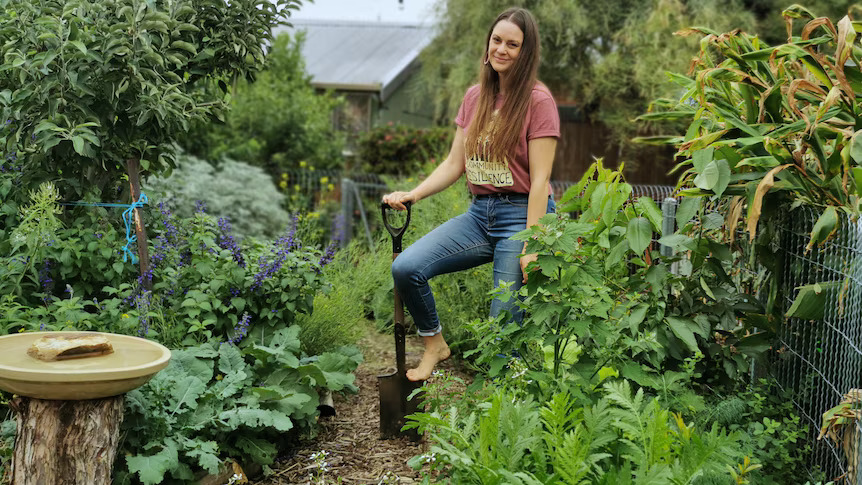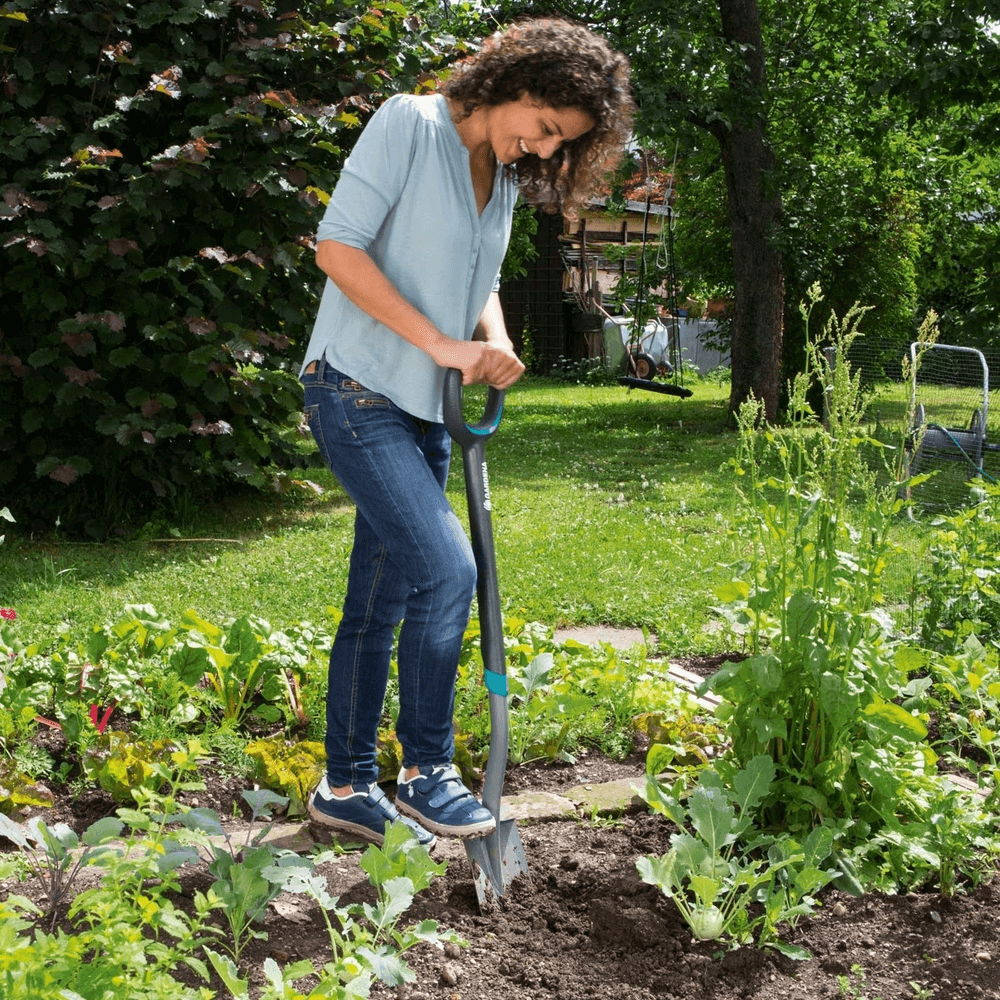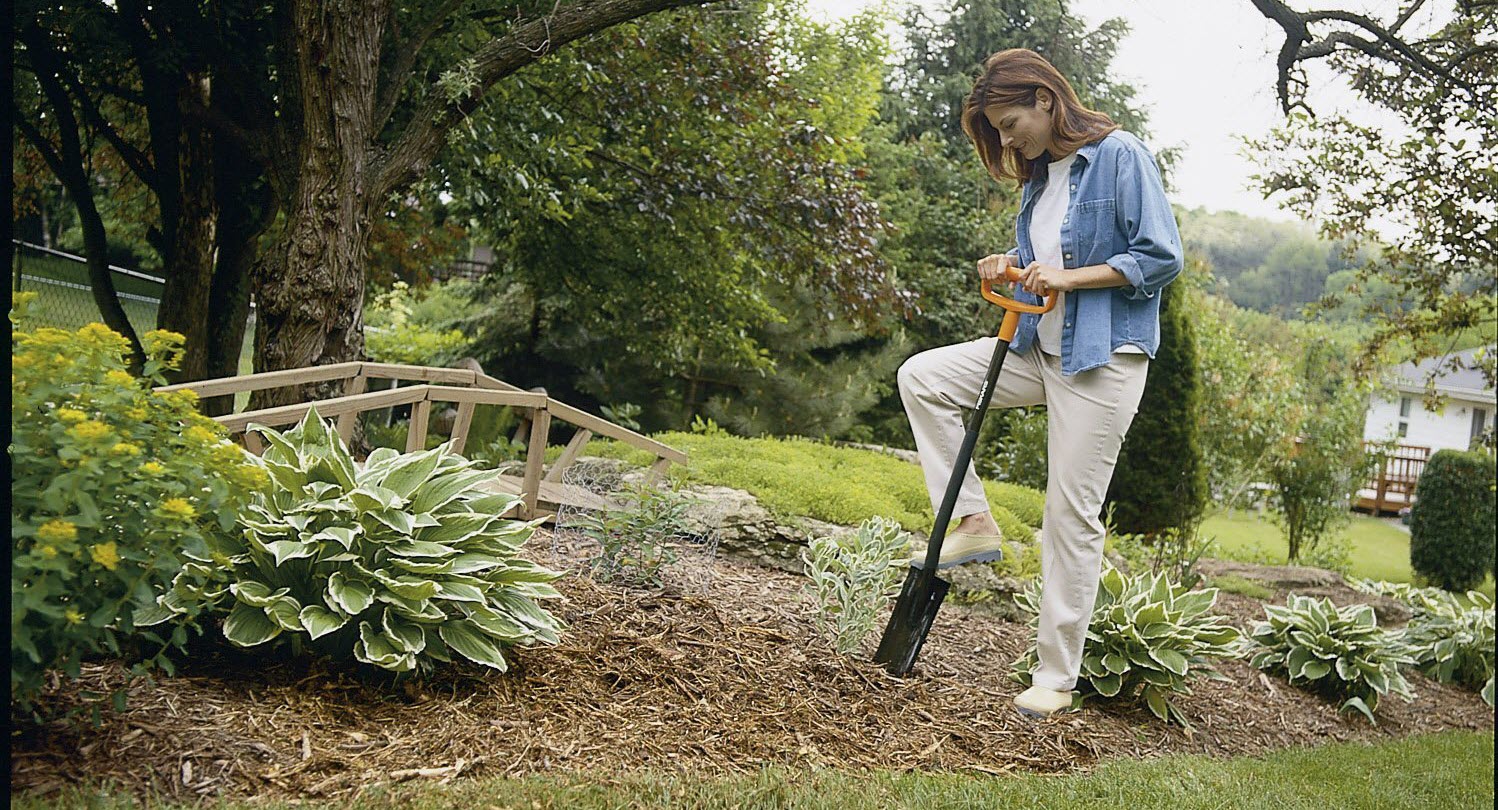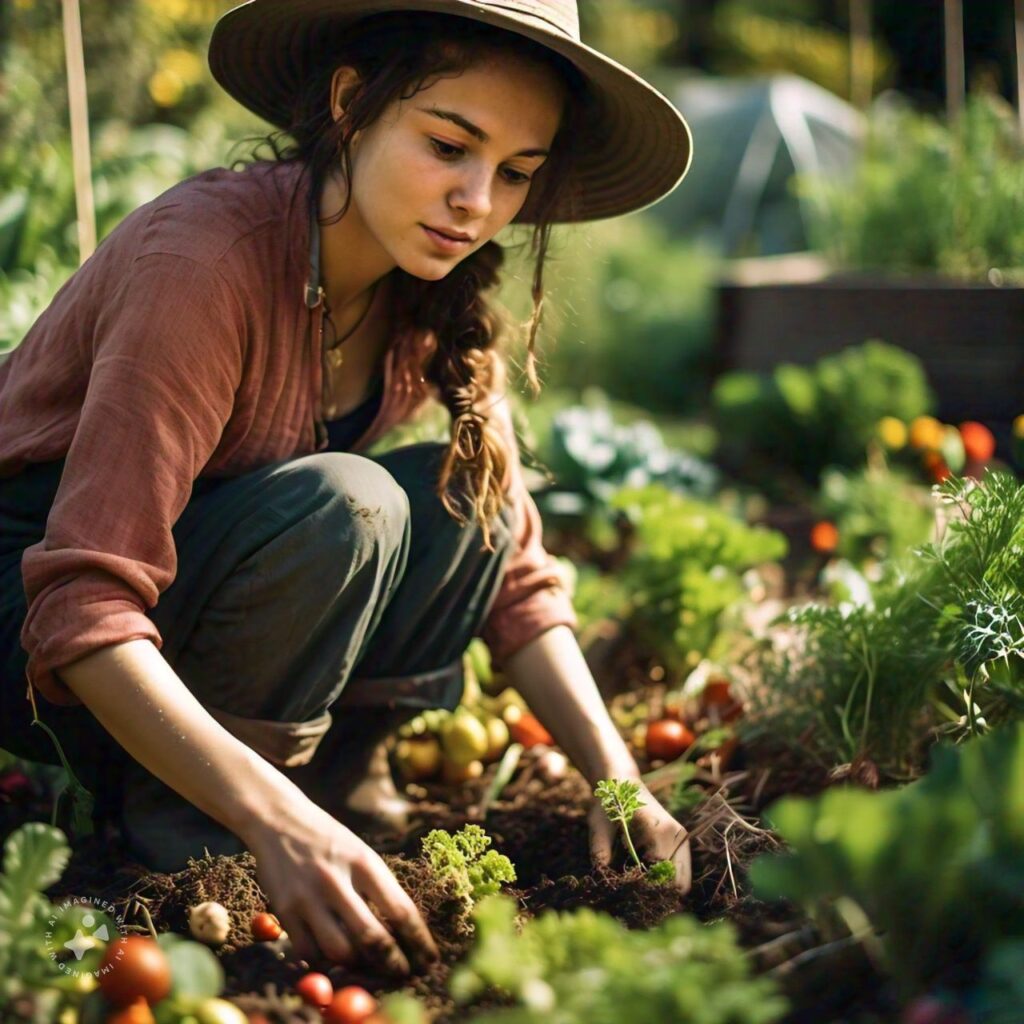When it comes to maintaining a garden, a high-quality gardening spade is essential. It’s not just a basic tool; it’s a workhorse that will help you efficiently dig, plant, and tend to your garden. Choosing the best spade can make a world of difference in your gardening experience. In this comprehensive guide, we will walk you through everything you need to know about selecting the perfect gardening spade to suit your needs.
What is a Gardening Spade and Why is it Important?
A gardening spade is a long-handled tool with a flat, rectangular blade designed for digging and cutting through soil. Unlike a shovel, which typically has a curved blade for scooping, a spade is optimized for breaking ground and edging. Whether you are planting trees, digging trenches, or preparing flower beds, the right spade can make your gardening tasks easier and more efficient.
The design of a spade ensures that you can cut through tough soils, manage precise cuts for borders, and work around tight spaces in the garden. The versatility and durability of a spade make it indispensable for both novice and experienced gardeners.
Key Features to Look for in a Gardening Spade
When shopping for a gardening spade, you will encounter a wide variety of options. To make the best choice, consider the following features:
1. Blade Material
The blade material is one of the most critical aspects of a gardening spade. It determines how durable and efficient the spade will be when cutting through different types of soil.
- Stainless Steel: Spades with stainless steel blades are highly resistant to rust and corrosion. They are ideal for gardens with wet or heavy soils. Stainless steel is also easy to clean and maintains a sharp edge.
- Carbon Steel: Carbon steel blades are durable and tend to be more affordable than stainless steel. However, they are more prone to rust, so they require regular maintenance and cleaning.
- Tempered Steel: For heavy-duty digging, consider a spade with a tempered steel blade. These blades are heat-treated to withstand more wear and tear, making them ideal for rocky or hard-packed soils.
2. Blade Shape and Size
The shape and size of the blade also play a crucial role in determining the spade’s effectiveness. The most common blade shapes include:
- Flat-Blade Spades: Ideal for cutting through turf or soil with precision. They are great for edging and straight digging.
- Rounded-Blade Spades: These spades are better suited for scooping and transferring loose soil or compost. They work well in looser, sandy soils.
- Narrow-Blade Spades: Perfect for digging deep, narrow holes, such as when planting bulbs or small trees. They are designed for working in tight areas of the garden.
3. Handle Length and Material
The handle of the spade affects your comfort and leverage while digging. Consider the following handle materials:
- Wooden Handles: Wooden handles are durable and offer good shock absorption. They are ideal for gardeners who need a spade for extended use. However, wood can deteriorate over time, so it’s essential to choose a spade with a high-quality, treated wood handle.
- Fiberglass Handles: Lightweight and highly durable, fiberglass handles are resistant to rot and rust. They are perfect for gardeners looking for a low-maintenance option.
- Steel Handles: These are the most durable handles available, capable of withstanding heavy digging. However, they can be heavy and uncomfortable for prolonged use.
The length of the handle is also important. Longer handles provide more leverage, making it easier to dig without bending over as much. Shorter handles are better for more controlled, precise digging, especially in confined spaces.
4. Handle Grip
A comfortable grip is essential to prevent fatigue and blisters during long gardening sessions. Some spades come with ergonomic grips made of rubber or foam that enhance comfort and control. Look for spades with non-slip grips for added safety, especially when working in wet conditions.

Types of Gardening Spades
1. Digging Spades
Digging spades are versatile tools that are essential for general gardening tasks such as digging holes, turning over soil, and transplanting. Their flat blades make them efficient at cutting through roots and tough soils.
2. Border Spades
Border spades are smaller and lighter than digging spades. They are perfect for working in tight spaces, such as garden borders or raised beds. Their narrow blade allows for precision, making them ideal for planting perennials and shrubs.
3. Trenching Spades
A trenching spade has a narrow, long blade designed for digging deep trenches. These spades are essential when installing drainage pipes or creating irrigation channels in your garden. Their thin profile also makes them great for working in compact areas.
4. Edging Spades
Edging spades are specialized for creating clean, straight edges along garden beds, paths, and lawns. Their sharp, flat blades make it easy to cut through grass and roots, giving your garden a neat and professional look.
Best Practices for Using a Gardening Spade
Now that you know how to choose the right spade, here are some tips for using it effectively:
1. Sharpen Your Blade Regularly
A sharp spade blade is crucial for efficient digging. Use a sharpening stone or file to maintain a sharp edge on your spade, especially if you work in rocky or dense soil. A sharper blade reduces the effort required to break ground and helps you achieve cleaner cuts.
2. Use the Right Technique
Proper technique can make all the difference when using a gardening spade. Stand with your feet shoulder-width apart and use your legs, not just your back, to apply force when digging. This reduces strain on your body and increases efficiency.
3. Keep Your Spade Clean
After each use, clean your spade to remove dirt and moisture. This helps prevent rust and prolongs the life of the blade. Applying a thin coat of oil to the blade can also protect it from rust.
4. Store Your Spade Properly
Store your spade in a dry place, preferably hanging it up to avoid moisture exposure. A well-maintained spade will last longer and perform better over time.

Top Gardening Spade Brands to Consider
When investing in a gardening spade, it’s important to choose a reputable brand known for quality craftsmanship and durability. Here are some top brands to consider:
- Fiskars: Known for their ergonomic designs and durable materials, Fiskars offers a wide range of spades suited for both beginner and advanced gardeners.
- Spear & Jackson: With over 250 years of experience, Spear & Jackson produces high-quality spades that are designed to last.
- Bulldog Tools: These British-made spades are forged from a single piece of steel, ensuring maximum strength and durability.
Final Thoughts on Gardening Spade
Choosing the best gardening spade is crucial for making your gardening tasks easier and more enjoyable. By focusing on key features such as blade material, handle length, and spade type, you can find a tool that meets your specific needs. Whether you are planting new shrubs, digging deep trenches, or simply edging your garden beds, the right spade will ensure your garden flourishes.



